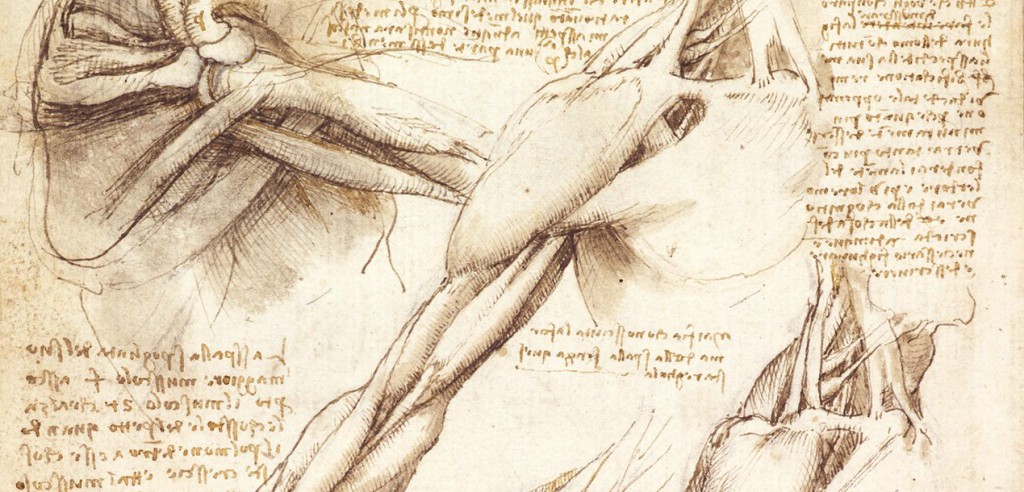First Game

Bacteria Name: Pathogen
Origin: India
Start Date: October 16, 2015
100 People Infected: December 1, 2015 (around 1.5 months)
1,000,000 People Infected: February 2016 (around 4 months)
First Death: August 8, 2016 in East Africa (around 10 months)
Destroyed Human Race: Yes
For my first game, I chose India because it is a rural country with a large population. When I first started playing, I tried earning as much DNA points as possible so I can evolve the transmission traits especially water, air and mosquito. I believed that these particular traits can help spread the disease faster to other countries through plane and ship transmission. As I gained more points, I distributed them evenly between the symptoms and abilities. I tried making the symptoms as worse as possible so that the bacteria can infect more people. I made sure to invest most of my points in Drug Resistance so that a cure can never be completed. I used any extra points I had to max out the rest of the traits. I believed that because I invested my DNA points on Drug Resistance early in the game, I was able to stop the cure from being made which caused the plague to destroy the entire human race. However, I wasn’t able to conquer Greenland.
2nd Game

Bacteria Name: Bacillus
Origin: USA
Start Date: October 16, 2015
100 People Infected: January 3, 2016 (around 2.5 months)
1,000,000 People Infected: April 26, 2016 (around 6 months)
First Death: March 3, 2016 (around 4.5 months)
Destroyed Human Race: Yes
Conquered Greenland: Yes

Since I was able to destroy the human race in my first game, I played the second game using the same tactics. I made sure to distribute my DNA points evenly among the three categories especially Drug Resistance. This time it definitely took longer for the bacteria to spread and to infect people but that was expected since the USA is a more wealthy nation. Surprisingly, it took longer for the first death to occur when I started out in India than when I started out in the USA. I thought it would be the opposite since India is a poor country compared to the USA. Another thing that I thought was interesting was that after I maxed out Drug Resistance in my first game, the game ended instantly when the cure dropped down to 63%. However, when I maxed out Drug Resistance in my second game, the cure drop down to 72% and the game was still running for a very long time. During this time, all the countries turned brown on the map and there announcements for every country that was fallen. After 15+ announcements, the game finally ended.
The game definitely helped me understand pandemic transmission better. I was able to see visually how pandemics spread from country to country and how certain transmission and/or symptom traits aided the process. It was a very fun experience creating the bacteria and spreading it all over the world.




